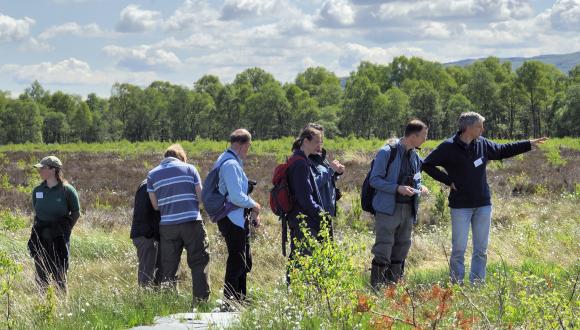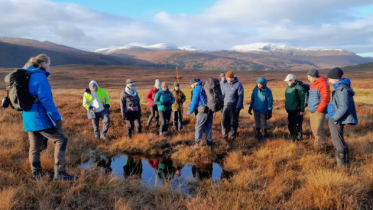
General guidance on implementation
To be effective, habitat networks must be implemented and managed with care.
How you can be involved in this process is likely to vary depending on your profession. As well as the specific guidance you’ll find in the other pages of this guide, some basic principles of implementation apply to everyone.
Habitat networks need good core areas
There’s no point creating networks if we then neglect the core areas. Core areas are often designated sites, like nature reserves. So our first priority is to ensure that such areas are well protected.
Tailor your approach
Tailor the management to the species and/or habitat you’re trying to benefit. Some faster moving species can take advantage of functional connectivity. Other species may need high quality habitat with structural connectivity.
Build on what’s already there
Check what’s already in place before deciding to create elements of a habitat network. For example, adding a strip of woodland to connect two core areas won’t be beneficial it’s planted on an area of outstanding grassland habitat.
Resource implications
As with any land management plans, consider at the outset how you’ll resource the work in the short, medium and longer term.
You should also think about:
- the longer term security of land tenure
- how you can measure the success of the network
- your time frame for the work
- any external risks






